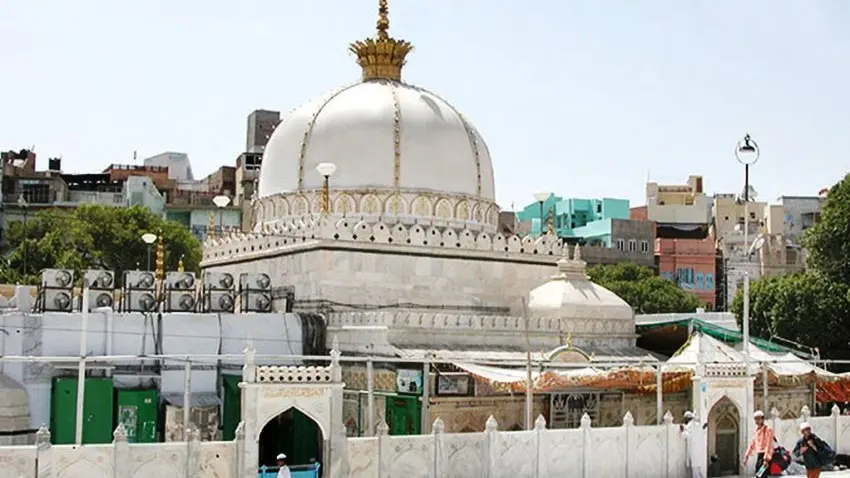Updated 30 November 2024 at 17:34 IST
5 Reasons Why You Should Visit Ajmer Shariff Dargah
Visit the Ajmer Shariff Dargah, considered a pinnacle of spirituality, culture and hope that's located in the culturally rich city of Ajmer, Rajasthan
- Travel News
- 3 min read

Situated in Rajasthan, Ajmer Shariff Dargah is a pinnacle of spirituality, culture and hope among those who visit this place of worship, considered as one of the holiest shrines in India.
Worshippers are known to refer to this shrine as Gharib Nawaz, which traces its origins to the 12th century, and has the Khwaja Moin-ud-din Chishti, the Sufi saint from Persia is enshrined here.
Asa result of his secular guidance, Ajmer Shariff is open to people from every religion, and faith. "Some say that Khwaja Moin-ud-din Chishti believed he was a direct descendant of Muhammad and preached his beliefs to the masses. While on his world travel, he was urged by Muhammad, in a dream, to visit India," according to the Rajasthan Tourism.
"He reached Ajmer, via Lahore, and made it his home from 1192 till his death in 1236 AD. The shrine was built by Mughal King Humayun in honour of this saint. You can step inside the Dargah through a series of massive silver doors that lead into a courtyard where the saint's tomb is centred. Made of marble and gold plating, the actual tomb is guarded by a silver railing and a marble screen," it said.
Advertisement

Ajmer Sharif Dargah: The architerual gem
If you haven’t yet visited the Ajmer Sharif Dargah, then you’re missing out on a slice of India’s rich cultural and spiritual heritage. This architectural masterpiece, built in the Indo-Islamic style, stands as a testament to the artistry of medieval India. The dazzling white marble shrine, enhanced with gold and silver detailing, is a sight to behold. The iconic Nizam Gate, gifted by the Nizam of Hyderabad in the 19th century, adds a regal touch to this revered site, reflecting the widespread respect for the saint.

Culinary treats of Ajmer
Ajmer's street-food culture is burgeoning with flavorsome outbursts around the Dargah. The narrow lanes surrounding the shrine are lined with stalls serving up Rajasthani and Mughlai treats. From the hearty mutton nihari to tandoori dishes straight from the clay oven, and the sweet, rich mawa kachori, it’s a foodie’s paradise.
Advertisement

A bridge between diverse faiths
Ajmer Sharif isn’t just about grand architecture; it also acts as a deeper spiritual. Widely regarded as one of India’s holiest Muslim shrines, it’s a melting pot of diverse faiths.

Urs festival
The annual-held Urs festival, celebrates the death anniversary of the revered saint, is when the Dargah truly comes alive. Over six days, thousands of devotees from around the world gather to pay tribute, partake in qawwali performances, and offer chaddars to the tomb. It’s a colorful, soulful celebration of devotion that’s unmatched in its fervor.
Published By : Nitin Waghela
Published On: 30 November 2024 at 17:34 IST
